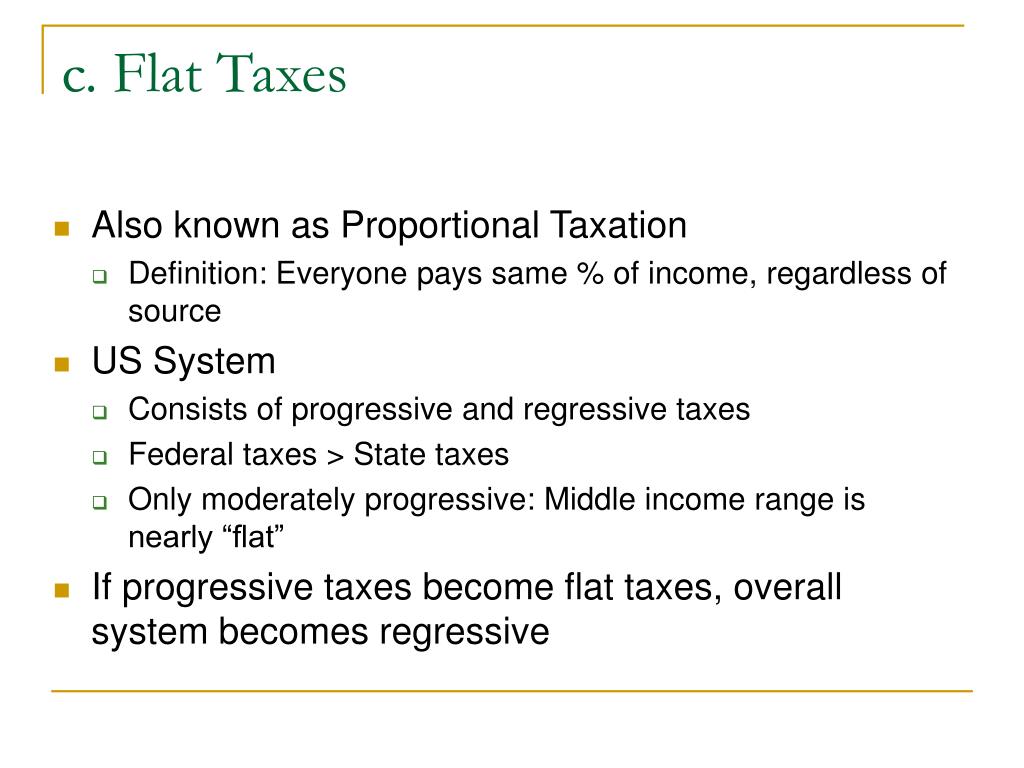

The plan would replace the corporate income tax and all payroll taxes with a broad-based “Business Transfer Tax,” or value-added tax (VAT), with few exemptions. It would also repeal all itemized deductions except for the charitable deduction and the home mortgage interest deduction. This plan would institute a flat 10 percent tax rate on all varieties of individual income, with a large standard deduction and personal exemption. This week, Senator Ted Cruz (R-TX) released details of a tax reform plan. Accounting for economic growth, all taxpayers would see an increase in after-tax income of at least 14 percent at the end of the decade.On a static basis, the plan would cut taxes by 9.2 percent, on average, for all taxpayers.The plan would also lead to a 43.9 percent larger capital stock, 12.2 percent higher wages, and 4.8 million more full-time equivalent jobs.According to the Tax Foundation’s Taxes and Growth Model, the plan would significantly reduce marginal tax rates and the cost of capital, which would lead to a 13.9 percent higher GDP over the long term, provided that the tax cut could be appropriately financed.


However, the plan would end up reducing tax revenues by $768 billion over the next decade when accounting for economic growth from increases in the supply of labor and capital and the much broader tax base due to the new value-added tax.


 0 kommentar(er)
0 kommentar(er)
